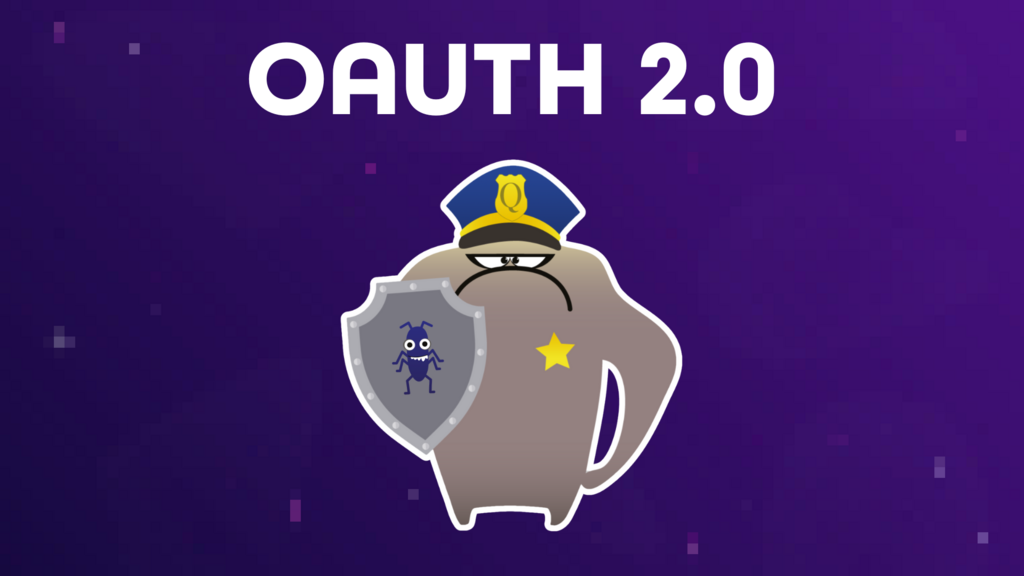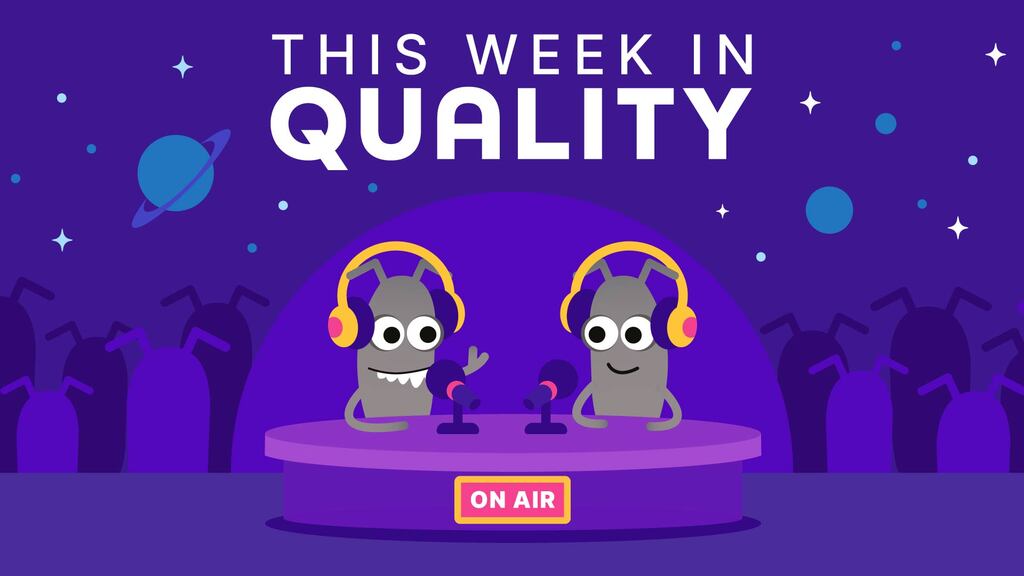OAuth 2.0 is a framework that allows applications to get limited access to user data on another system without needing the user’s username or password. Instead of sharing login details, users can give permission to a trusted app to access specific parts of their information on another platform.
It works like a secure gatekeeper between users, the app they are using, and the system that holds their data. For example, when you log in to an app using your social media account or allow a calendar app to read your email events, OAuth 2.0 is what makes that safe and possible.
The main players in OAuth 2.0 are:
It works like a secure gatekeeper between users, the app they are using, and the system that holds their data. For example, when you log in to an app using your social media account or allow a calendar app to read your email events, OAuth 2.0 is what makes that safe and possible.
The main players in OAuth 2.0 are:
- Resource Owner: usually the user who owns the data
- Client: the application that wants access to the data
- Authorization Server: the system that checks if the user has allowed access
- Resource Server: the system that holds the actual data
OAuth 2.0 does not handle user login directly. Instead, it deals with permissions. First, the user gives the client app permission to access specific data. Then the authorization server gives the client something called an access token. This token acts like a temporary pass, letting the app access the data it asked for but only what it is allowed to and only for a limited time.
There is also something called a refresh token. This allows the app to get a new access token without asking the user to approve it again, which keeps the experience smooth while still being secure.
OAuth 2.0 has become a standard for allowing secure and controlled access across systems and platforms. It is also the base for other identity protocols like OpenID Connect, which adds login and user identity features.
From a tester’s point of view, OAuth 2.0 matters because it changes how authentication and authorization are handled. It also introduces areas that need extra care in testing such as token expiry, token storage, access scopes, and redirection flows. Testing should also check if tokens are properly restricted and if the app follows best practices to avoid leaks or misuse.
There is also something called a refresh token. This allows the app to get a new access token without asking the user to approve it again, which keeps the experience smooth while still being secure.
OAuth 2.0 has become a standard for allowing secure and controlled access across systems and platforms. It is also the base for other identity protocols like OpenID Connect, which adds login and user identity features.
From a tester’s point of view, OAuth 2.0 matters because it changes how authentication and authorization are handled. It also introduces areas that need extra care in testing such as token expiry, token storage, access scopes, and redirection flows. Testing should also check if tokens are properly restricted and if the app follows best practices to avoid leaks or misuse.




